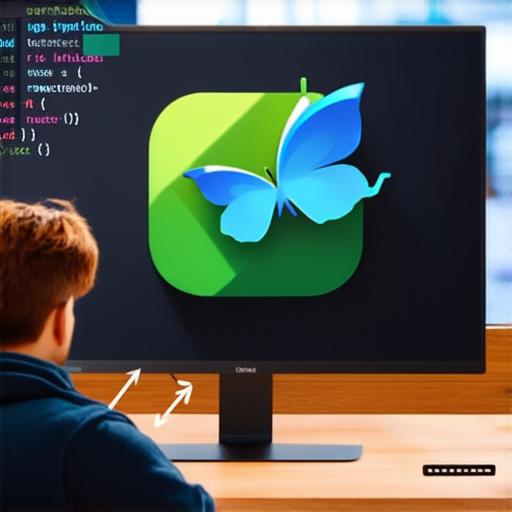Setting Up the Development Environment
Before you can start building a Flutter application in Android Studio, you need to set up your development environment. Here are the steps you need to follow:
- Download and install Android Studio from the official website (https://developer.android.com/studio/). Make sure you have the latest version of Android Studio installed on your system.
- Once Android Studio is installed, open it and create a new project by clicking on “File” > “New” > “Project”.
- In the “Create New Project” dialog box, select “Flutter” as the project type and give your project a name. You can also choose the location where you want to store your project files.
- Click on “Next” and select the minimum SDK version for your app. You can also choose to use a specific SDK version if you have it installed on your system.
- Click on “Finish” to create your new Flutter project in Android Studio.
Creating a New Project
Once you have set up your development environment, you can start building your Flutter application. Here are the steps you need to follow:
- Open your Flutter project in Android Studio by double-clicking on it in the “Project Explorer” window.
- In the “Editor” window, you will see a code editor where you can write your Flutter code. You can start building your app by adding widgets, defining variables, and creating functions.
- To run your app, click on the “Run” button in the toolbar at the top of the editor. This will open an emulator window where you can see your app running.
- If you want to run your app on a physical device, connect your device to your computer using a USB cable and select it from the “Select Device” dropdown list in the “Run” dialog box.
- Once your app is running, you can interact with it by clicking on buttons, entering text, and scrolling through lists. You can also use debugging tools to inspect variables and identify issues in your code.
Debugging Tools
Android Studio comes with a powerful set of debugging tools that allow you to troubleshoot your Flutter app. Here are some of the most useful debugging tools you should be familiar with:
- Breakpoints: Breakpoints allow you to pause the execution of your code at specific points in the code. This can be helpful when you want to inspect variables or step through your code line by line. To set a breakpoint, click on the line number where you want to pause execution in the code editor.
- Debug Console: The debug console provides a way to print messages and debug information to the console. This can be useful for logging errors and debugging issues. To use the debug console, open the “View” menu and select “Tool Windows” > “Debug Console”.
- Inspector: The inspector allows you to view the properties of widgets and other objects in your app. This can be helpful when you want to see the values of variables or inspect the hierarchy of widgets in your app. To use the inspector, select a widget in the code editor and right-click on it. Select “Inspect” from the context menu.
- Profiler: The profiler allows you to analyze the performance of your app and identify bottlenecks in your code.

